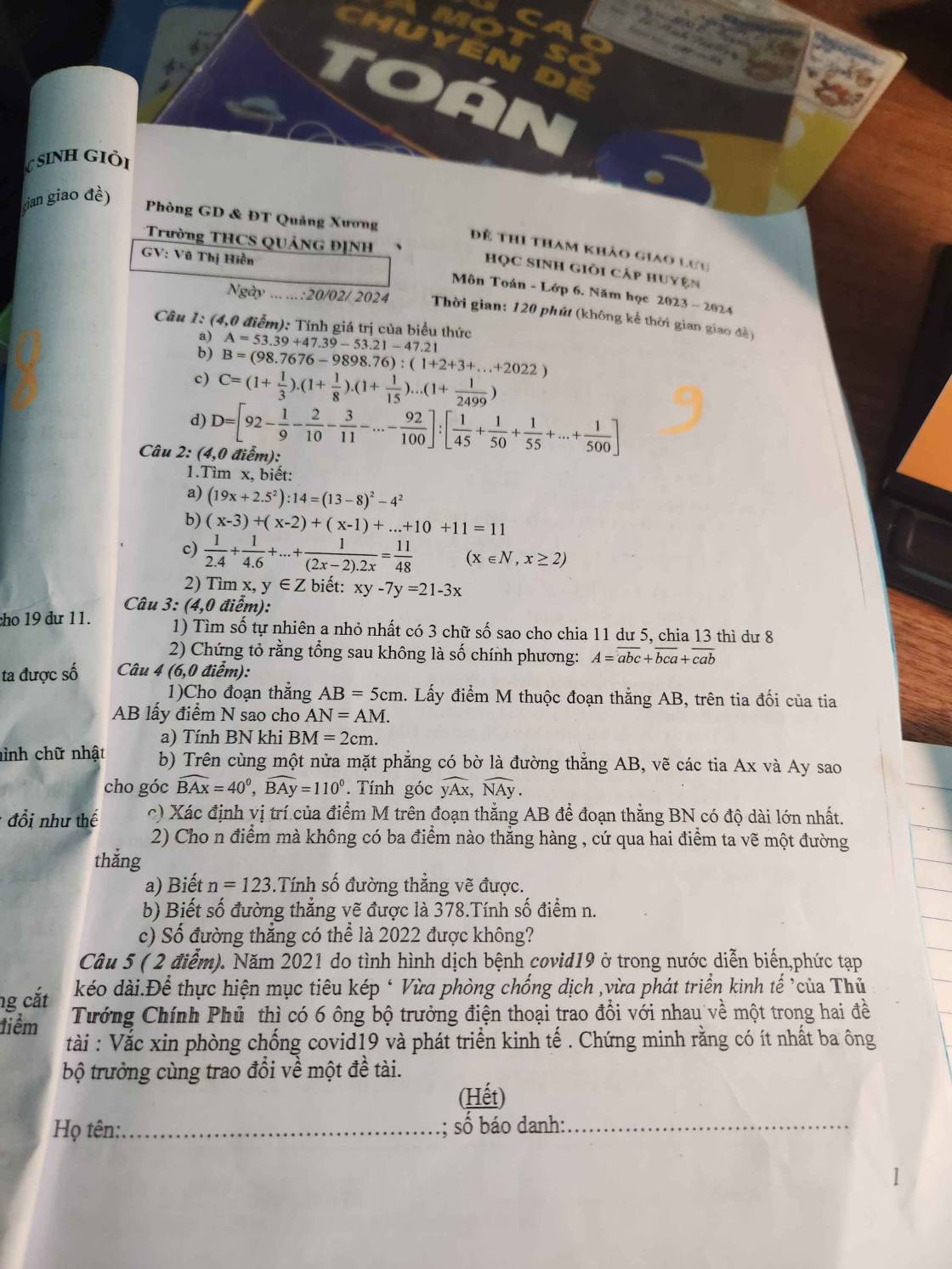Mary-Jess Leaverland
When 19-year-old Mary-Jess Leaverland sang for 70 million TV viewers nobody back home in England knew anything about it. Her victory in the talent show, I Want to Sing to the Stars was seen by five times as many people as watch a similar UK show, called The X Factor, but they were all from the Chinese region of Jiangsu, as that’s the only place the programme is shown.
Mary-Jess was in China to study the language as part of her university course when she entered the competition. A friend had invited her to watch him in a TV quiz show. On their way they passed the talent show’s studios. Mary-Jess went in, found a producer and sang for him. During the competition she had classes as usual then went to the studios in the evenings. When she wasn’t on stage she was busy doing her homework.
Mary-Jess used her £900 prize money to fly home to see her mum. When she returned there were no recording contracts to sign or concerts to perform in. She told her mum, who’s also a good singer, how amazed she was that she was chosen as the winner, then the two of them chatted happily about their plans to start singing together again at clubs around their home town. It was only later that Mary-Jess's mum thought it might be fun to tell the local newspaper about her daughter’s win. Yet, within 24 hours, Mary-Jess’s story had appeared nationally and just weeks later she had a manager, a lawyer and was off to New York with record companies fighting to sign her as one of their artists. Mary-Jess’s singing career had started.
33. What is the writer trying to do in this text?
A. encourage people to watch a particular TV music programme
B. suggest how to get a career as a professional singer
C. describe someone’s life-long ambition to become world famous
D. explain what happened to someone after winning a competition
34. What does the text say about I Want to Sing to the Stars?
A. It’s less popular than The X Factor. B. It’s shown in several countries across Asia.
C. It's a talent competition made in China. D. It’s the most popular TV show in China.
35. What was Mary-Jess’s reason for going to China?
A. She went there to be in a singing competition. B. She was there learning to speak Chinese.
C. She was teaching at a Chinese university. D. She was visiting a friend there.
36. How did Mary-Jess feel when she first returned to England?
A. surprised that she had won the competition B. annoyed that she got so little in prize money
C. worried about the concerts she would have to do D.amazed by the attention from the UK newspapers
37. Which text message might Mary-Jess’s mother have on her mobile phone?
A. Where did I get my talent from, Mum? There are no other singers in our family that I know about.
B. I’ve never sung in front of anyone in my life! Why did I ever agree to be in this competition?
C. I’ve got so much work to do for my teacher! Do you think I should take it with me to the TV studios?
D. A Chinese TV company has offered me my own weekly show! Should I sign the contract, Mum?
SOS!!!Cứu




33. D. explain what happened to someone after winning a competition
34. C. It's a talent competition made in China.
35. B. She was there learning to speak Chinese.
36. A. surprised that she had won the competition
37. C. I’ve got so much work to do for my teacher! Do you think I should take it with me to the TV studios?
cảm ơn bạn nha <3<3<3:)